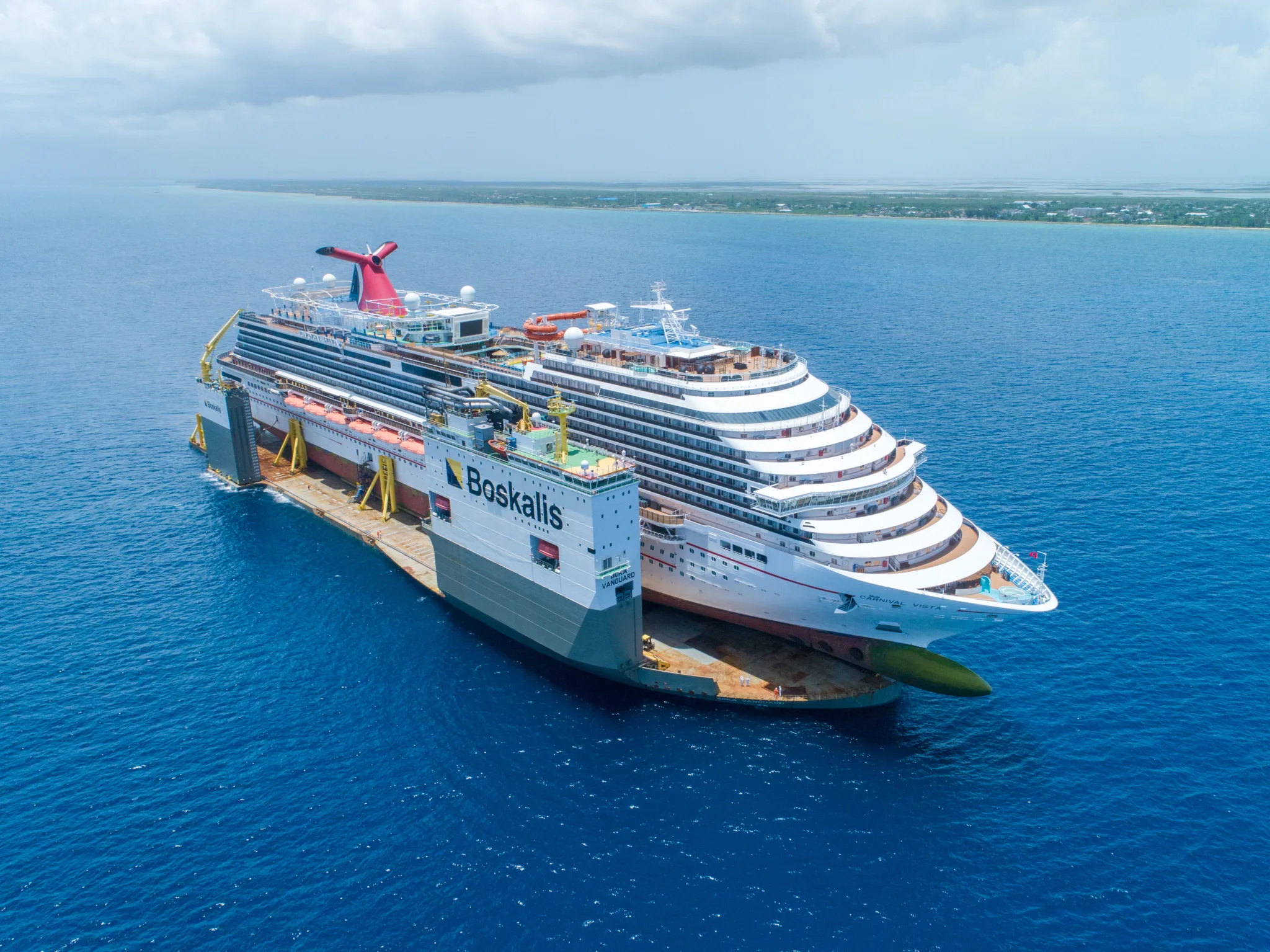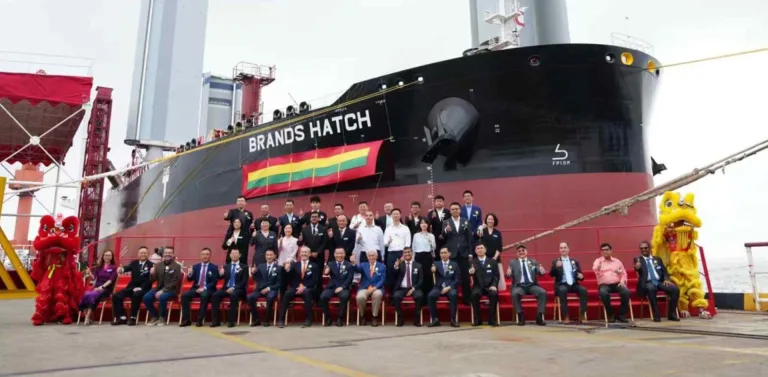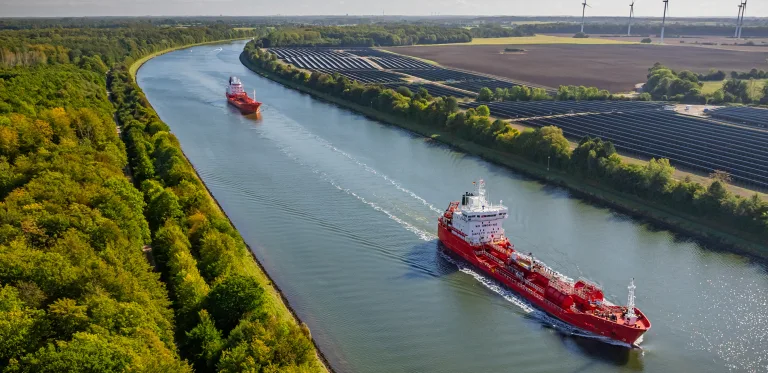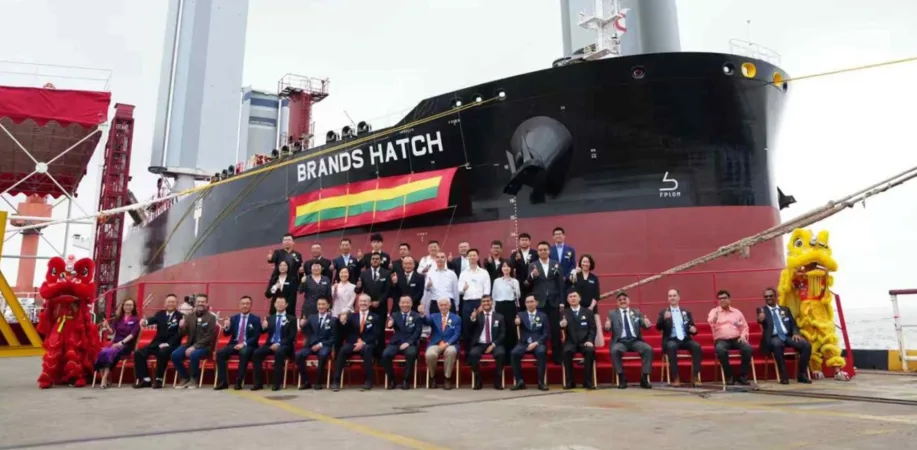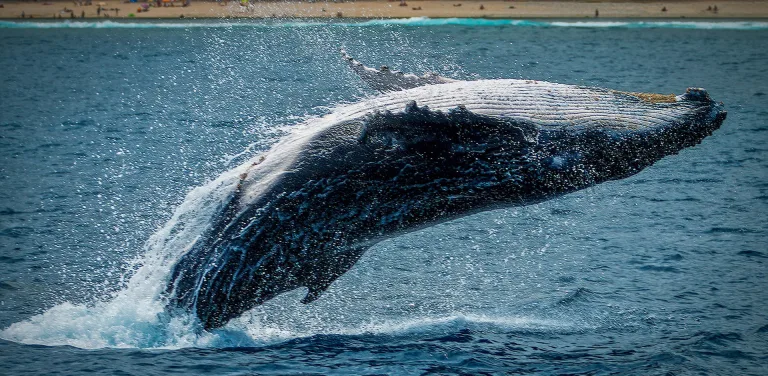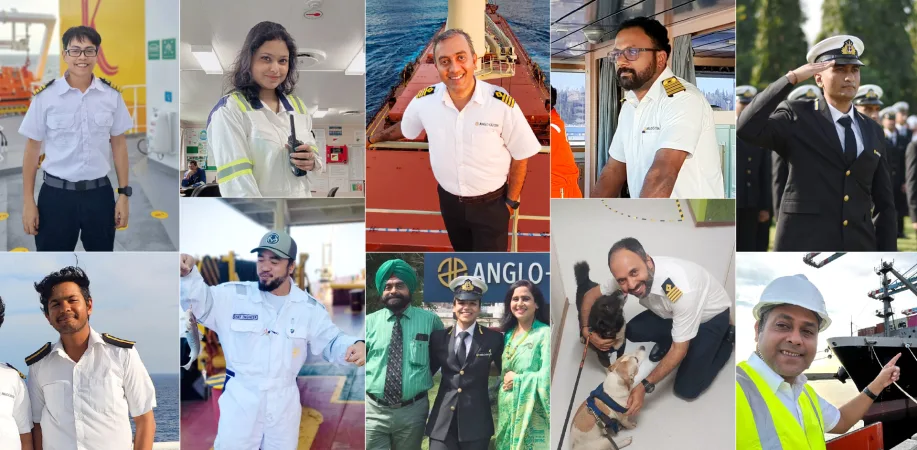In this story, we take a trip down memory lane while reflecting on our 20th anniversary of managing Dockwise/Boskalis vessels in our 50th anniversary year of ship management.
It all began in Singapore, almost 20 years ago to the day. It was March 7th, 2004, when the first of the Dockwise semi-submersible heavy-lift vessels entered the full technical management of Anglo-Eastern via the Glasgow office, with vessel manager (now fleet director) Bill Matheson and fleet head Joris van de Water on site to supervise.
That vessel, Dock Express 10, was soon followed in quick succession by several other Dockwise takeovers: Mighty Servant 1 on February 7th in Invergordon, Scotland; Mighty Servant 3 on March 6th at Malabo, Equatorial Guinea (on the same day as an attempted coup, no less); and Dock Express 11 and 12 in Fort Lauderdale, Florida.
Over the following months, the remainder of the Dockwise vessels came into management: the Marlins, the ‘bird’ class, Transshelf, Enterprise, Explorer, and let us not forget the Super Servants. Those were very busy and exciting times for the Glasgow team, which was tasked with taking over and operating these specialist offshore vessels under the leadership of Joris van de Water and the late Alasdair MacDiarmid.
Taking over Dockwise’s vessels was a big deal back then. Not only was this a new venture for the business at the time, having never managed semi-submersible heavy-lifts before, it was also an opportunity to prove our worth. Previously, the vessels had been handed over to various other third-party managers, while the Dock Express and Mighty Servant fleets were managed in-house by the Dockwise team in Breda.
Part of the agreement was that Anglo-Eastern would take on Dockwise’s vessel managers to assist, so for a while a number of them worked alongside our team in Glasgow. Over the course of two decades, all have since long gone, though the chief engineer of Dock Express 10, who came ashore as a vessel manager at the time of the takeover, still remains with us to this day: Peter Van Haaften.
As for the vessels, some of the older ones had their fair share of deck wear and tear after years of modifications (e.g., welding, gouging/cutting) to secure various cargoes. Scheduled dry-dockings to ensure the condition of the vessels was necessary, from fixing tank coatings on the underside to extensive steel renewals. A ‘docking cell’ was set up to take care of the scheduled yard work – this is where Timo Dekoning started out his career with Anglo-Eastern ‘proper’. Today, he heads up the docking and repairs division for the group.
When it comes to the special cargoes transported by the Dockwise fleet, we have seen it all: from submarines and even other ships to onshore structures, all kinds of offshore structures, and more, ranging in weight and size. The lightest was a Zeppelin-style airship (it’s not often you need to worry about cargo flying away!), while the heaviest at the time was the BP semi-submersible oil rig Thunder Horse (since surpassed by Petrobras’ FPSO P-67, as mentioned later). The largest was an enormous fish farm, measuring 385 x 60 metres – the equivalent of more than three football pitches!
We have even dabbled in the more glamorous side of the business via Dockwise Yacht Transport, a four-vessel fleet dedicated exclusively to the transportation of luxury yachts. Set up in 2007 and managed by present-day technical MD Anand Sharma from out of our Hong Kong office, and supported by US company representative Viren Vatsa in Fort Lauderdale, the vessels (first Yacht Express, then Explorer and Super Servants 3 and 4) would transport yachts out to the Mediterranean in the summer and back to the Caribbean for winter.
While there is no doubt that the vessels carried some interesting cargoes, there is also no doubt they were challenging to operate at times. How often do you need to find a VLCC-size dock for a 32-metre beam vessel? Or helicopters instead of service boats?
Indeed, on one memorable occasion, one of the ‘bird’ class ships was loaded with barges across its deck, with the overhang pushing the ship’s beam out to over 50 metres. An issue with the propeller necessitated an emergency docking, but the local authorities would not allow the cargo to be offloaded, so a large dock had to be urgently found.
On another occasion, critical structural issues relating to the main deck of Mighty Servant 1 were found while it was transporting a tall jack-up rig. Immediate repair work was required, but the port would not allow the vessel to enter due to its significant air draft, nor would the port allow the use of service boats. As a result, all personnel, equipment, and materials needed to be transported by helicopter. The helicopter charter cost must have been a very interesting item during the insurance claim discussions!
Other standout memories and highlights include:
- the re-engining of Mighty Servant 3 – a very challenging project involving two engines that served to introduce Anglo-Eastern Technical Services’ Arunava Sengupta to the fleet for the first time;
- modifying BOKA Vanguard, already the world’s largest semi-submersible heavy-lift vessel, with the addition of outriggers to carry an FPU (Moho Nord) followed by the 90,000-tonne FPSO P-67 (Petrobras) from China to Brazil – the heaviest cargo to be transported in this manner;
- deploying BOKA Vanguard as a floating dry-dock for the mega cruise ship Carnival Vista in a novel operation never performed before on this scale;
- installing outriggers on Mighty Servant 1 to transport various supersized offshore structures, notably Big Foot (Chevron), Vito (Shell), and DolWin5 (TenneT); and
- adding dynamic positioning capabilities (DP2) to Forte for enhanced float-over operations, making it the first vessel in the fleet to be equipped with this.
Projects aside, we would be remiss not to mention two significant events during the past couple of decades in our close relationship with this special fleet of unique vessels: the transfer of management from the Glasgow office to Hong Kong under Anand Sharma, which saw the bulk of the heavy-lift vessels move across in 2011 – and, of course, the 2013 acquisition of Dockwise by Boskalis.
The ownership, name, and management office may have changed, but our relationship remains intact and stronger than ever, having now partnered with Dockwise and Boskalis for around one decade each. And what a journey and partnership it has been!
As Anglo-Eastern celebrates its 50th anniversary this year, we are proud to also be celebrating our 20th anniversary of managing the Dockwise/Boskalis fleet and look forward to many more years of ‘heavy lifting’. It has been both challenging and rewarding, and above all else, an honour and a privilege – one that we have continued to build upon with the addition of managing Boskalis’ ocean-going tugs since 2017, as well as its diving support vessels for which we now provide crew management. Proud to be a partner. Thank you!
————————-
Contributed by fleet director Bill Matheson, with inputs from technical managing director Anand Sharma, and docking and repairs director Timo Dekoning, who collectively have 45 years of working with the Dockwise/Boskalis heavy-lift fleet.
